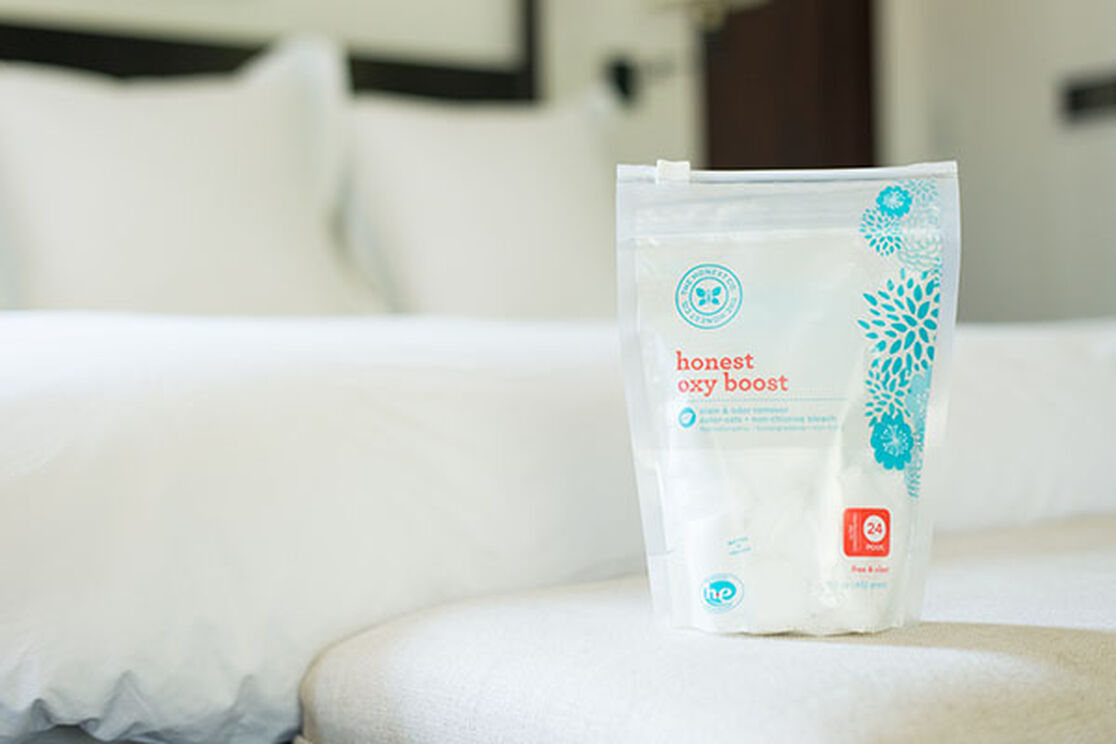For many people, the smell of chlorine bleach is the smell of “clean.” New research shows that unmistakable odor is also potentially associated with increased illnesses in children. For those dedicated to bleach, they may be using way too much or using it incorrectly. If you’re a bleach user or know someone who is, here are some facts you need to know.
A recent study by the University of Leuven in Belgium found the chance of flu was 20% higher and recurrent tonsillitis 35% greater among children whose parents used bleach to clean their home. The researchers concluded that “passive exposure to cleaning bleach in the home may have adverse effects on school-age children's health by increasing the risk of respiratory and other infections.” The study was based on anecdotal evidence from interviews with parents, so it’s not entirely conclusive, but this statement made us pay attention: “The high frequency of use of disinfecting irritant cleaning products may be of public health concern...when exposure occurs during childhood.” As someone with young children in my home, I want to know that clean and healthy go hand in hand.
And more definitely isn’t better. A Holiday Food Safety Survey by the Water Quality & Health Council found that most Americans (82%) don’t know the appropriate amount of bleach needed to kill common food-borne germs on kitchen surfaces. In fact, almost half of survey respondents used too much, likely in the belief that it will be more effective in banishing bacteria and other bugs they’re worried about. Unfortunately, they’re missing an important piece of the puzzle: For bleach to effectively disinfect and sanitize, it needs to sit for anywhere from 30 seconds to 10 minutes (depending on the surface and potential pathogens). Have you EVER sprayed a countertop or cutting board with bleach and then let it sit for 10 minutes? Imagine everything that could happen in your house in 10 minutes...it isn’t pretty.
Here’s another thing: the fact is longer isn’t stronger. The disinfecting power of bleach decreases over time and is accelerated by exposure to heat, sunlight, and oxygen – it breaks down even faster once it's mixed with water. The Environmental Health and Safety Department at Columbia University says that if you're using bleach mixed with water (in a 1:10 ratio), the bleach breaks down so quickly that you should replace it every day for optimum disinfecting power. Do you really want to add that to your daily list of tasks to remember? Wait, because it gets even more complicated. They also say undiluted bleach should be replaced every 6 months. Manufacturers aren't required to put expiration dates on the bottles and you have no idea how long the bottle was sitting on the shelf in the store or in storage someplace else. So...how do you really know how old it is?
If it’s not as easy to use as it seems and it may put your family’s health at risk, then perhaps bleach isn’t doing the job you think it is.
Ready to kick chlorine to the curb? Check out plant-based Honest Oxy Boost — an ultra-versatile, eco-friendly, non-toxic alternative to conventional chlorine bleach.
~Christopher Gavigan
We aim to provide you with the most honest and credible information possible. This article was reviewed for accuracy by The Honest Team and was written based on sources that are linked at the bottom of the article.
blog_review_statement



